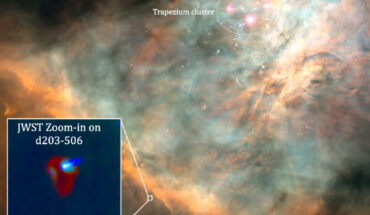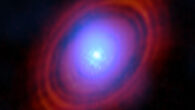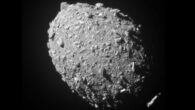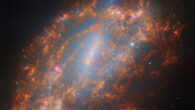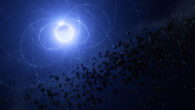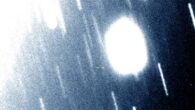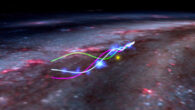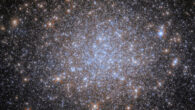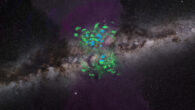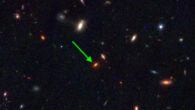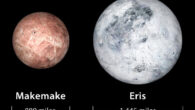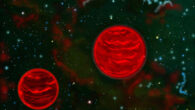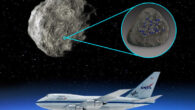For decades, astronomers have known that the powerful light emitted by massive stars can disrupt the swirling planetary disk of dust and gas around young stars, the very cradle from which planets are born. But a crucial question remained unanswered: how quickly does this process occur, and does it leave enough material to form planets? Utilizing the NASA/ESA/CSA James Webb Space Telescope and the Atacama Large Millimeter Array (ALMA), astronomers...

